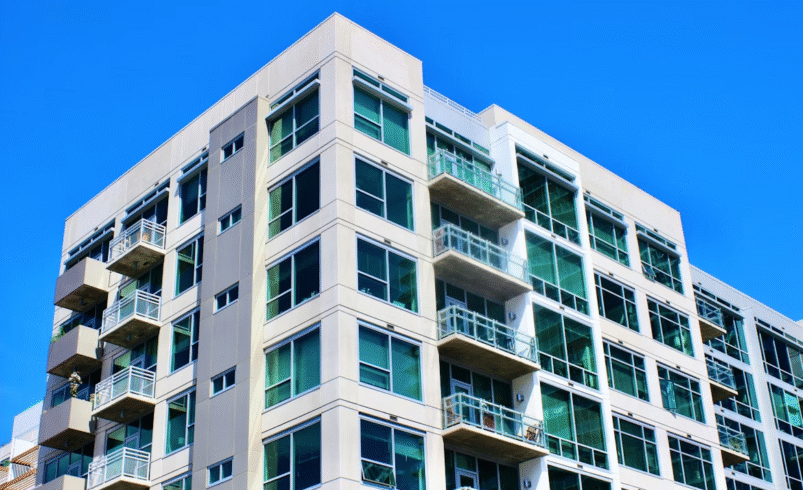How Location Impacts Apartment Rental Income

When you purchased your rent home, someone most likely advised you that location really matters. If you want to learn how location works with your money, consider studying rental markets. Your location is not just significant once you purchase your home but ends up influencing how high a rent you are able to demand and whether your investment will profit down the road.
Savvy real estate investors know that two equal-sized apartments can command vastly different rental incomes just by being located in different ZIP code areas. That premium typically results from being familiar with which location variables are important to renters and by how much such variables impact rent yields.
Good Locations Command Premium Rental Prices
Properties that are well-situated tend to perform better than those that are not well-situated. Well-situated locations tend to be central business locations, good schools, and streets that are safe with attractive painted buildings that are well maintained.
Urban core apartments often justify higher rents through proximity to employment hubs, reducing commute times for tenants. Similarly, properties near major universities can command premium rates, particularly if you’re targeting graduate students or young professionals who prioritize convenience over space.
Locations near waterfronts, houses with good views, or houses close to activities tend to appeal to renters who are willing to pay higher rent. Such special location amenities can command an additional 15-30% premium rent above comparable houses in ordinary neighborhoods.
Neighborhood Amenities
The amenities surrounding your property significantly impact its rental potential. Tenants increasingly prioritize walkability and access to daily necessities when choosing where to live.
Proximity to supermarkets, pharmacies, restaurants, and cafés is beneficial to rentals. Property that is easily accessible using public transport typically commands higher rentals, particularly within cities where car ownership might not prove affordable or economical.
School facilities are greatly influential to rent rates. Good schools are attractive to families who will rent long-term and maintain the home. Renters without children may not be concerned with schools, but schools are indicative that a neighborhood is stable and are generally tied to a boost in home value.
Health care facilities, parks, and gyms make home rentals attractive. Renters consider these amenities as upgrades to living conditions that are worth paying additional rent for.
Analyzing Local Market Trends Maximizes Income
In order to know your neighborhood rent market, continue to do research and comparison. Start by checking out comparable properties within that neighborhood, how quickly they are leased, and rent costs. Think about working with affordable apartment management companies in OKC if you’re struggling to get to grips with the market.
Consider shifts amongst residents of your region. Rising young professionals might indicate that there is demand for new, tech-savvy apartments, while older residents could indicate an opportunity to build single-floor, easy-to-navigate homes.
Seasonal trends impact rent income as well. Student rentals around college campuses are always in demand just before class starts, and vacation rentals do well when there are peak tourist times. Understanding these trends will allow you to schedule rent increases and minimize slow times.
Economic development in your area presents both opportunities and challenges. New employers moving to the region typically increase housing demand, but oversupply from new construction can temporarily depress rents.
Maximizing Your Property Location
Where people live matters when renting, but to take advantage of this benefit requires thoughtful planning. Educate yourself about your local real estate market, learn what renters are most concerned with, and stay current with trends that impact demand within your region.
Consider how to demonstrate your location’s positives within your sales materials. Mention how close you are to hot spots, feature nearby amenities, and make prospective tenants envision the lifestyle that your location offers.
Keep in mind that a location’s advantages may diminish with time. Keep up with neighborhood development groups and media to anticipate changes that could make your property less attractive and less rentable.



